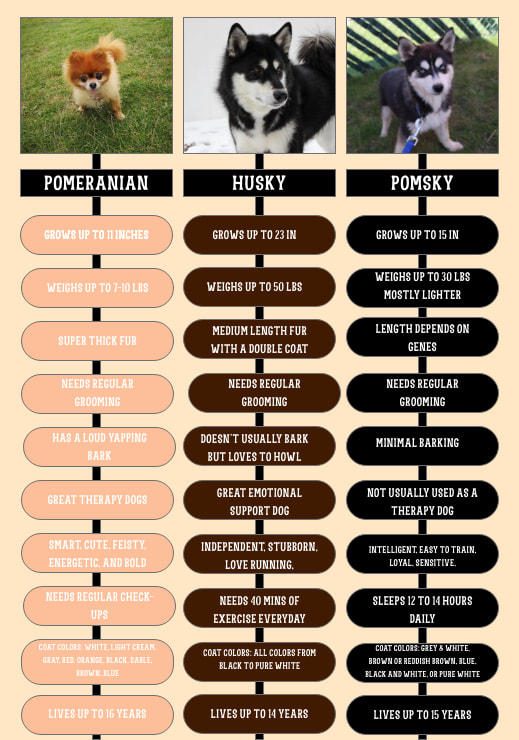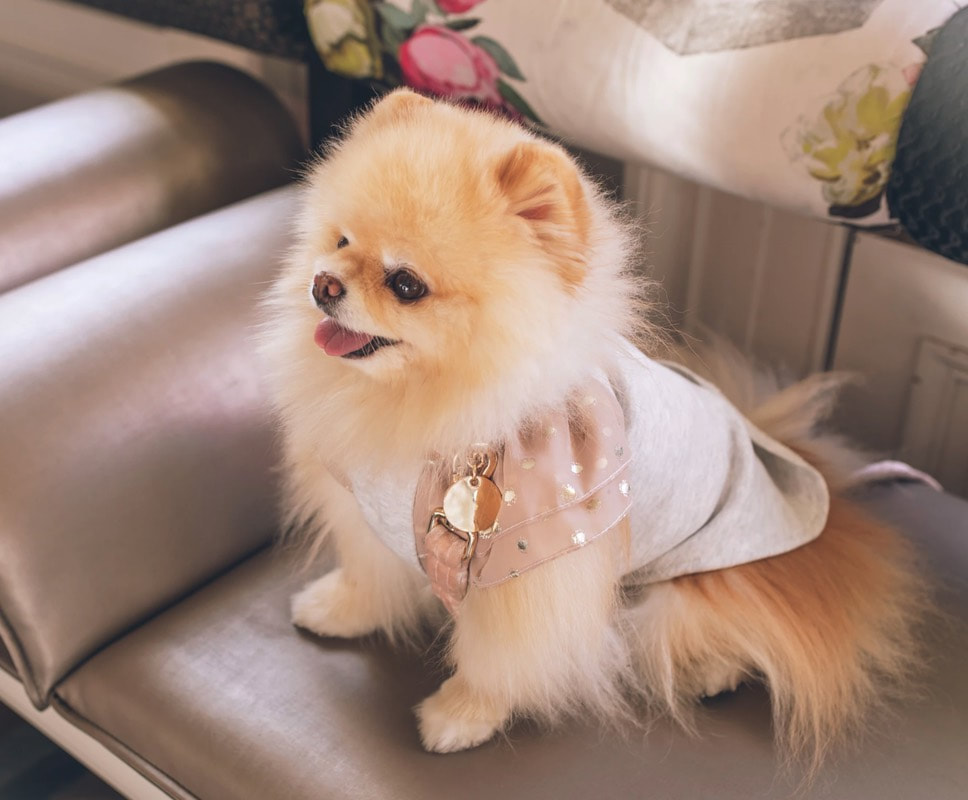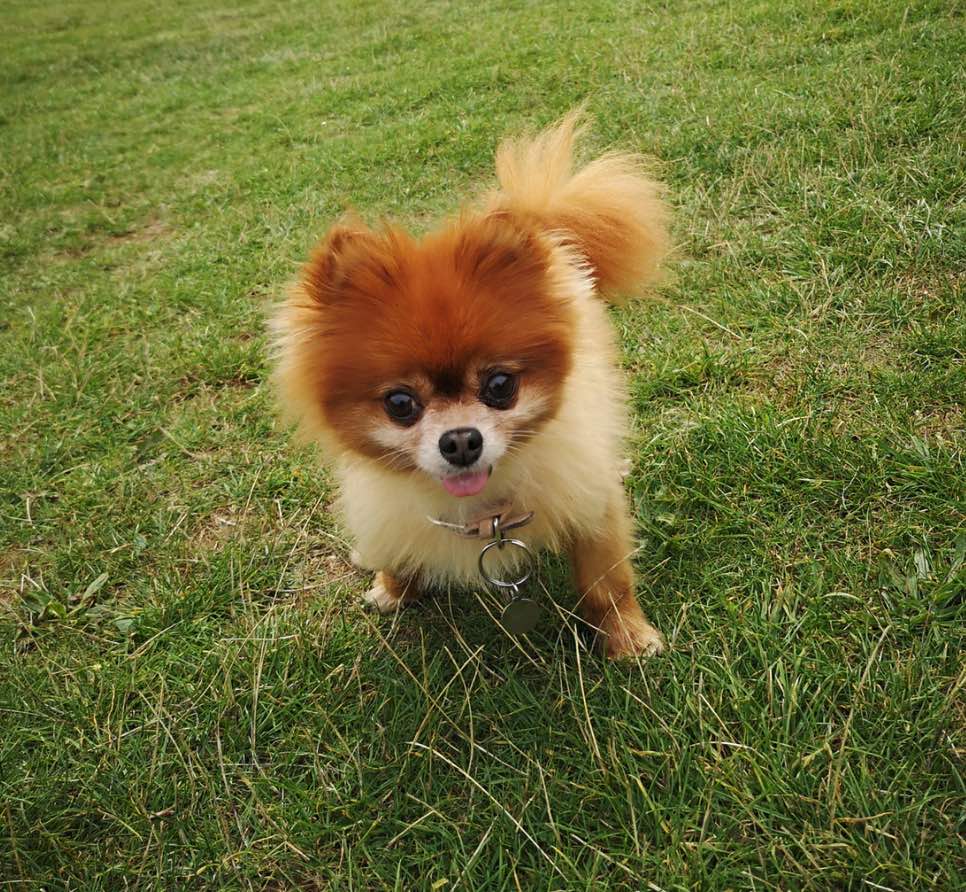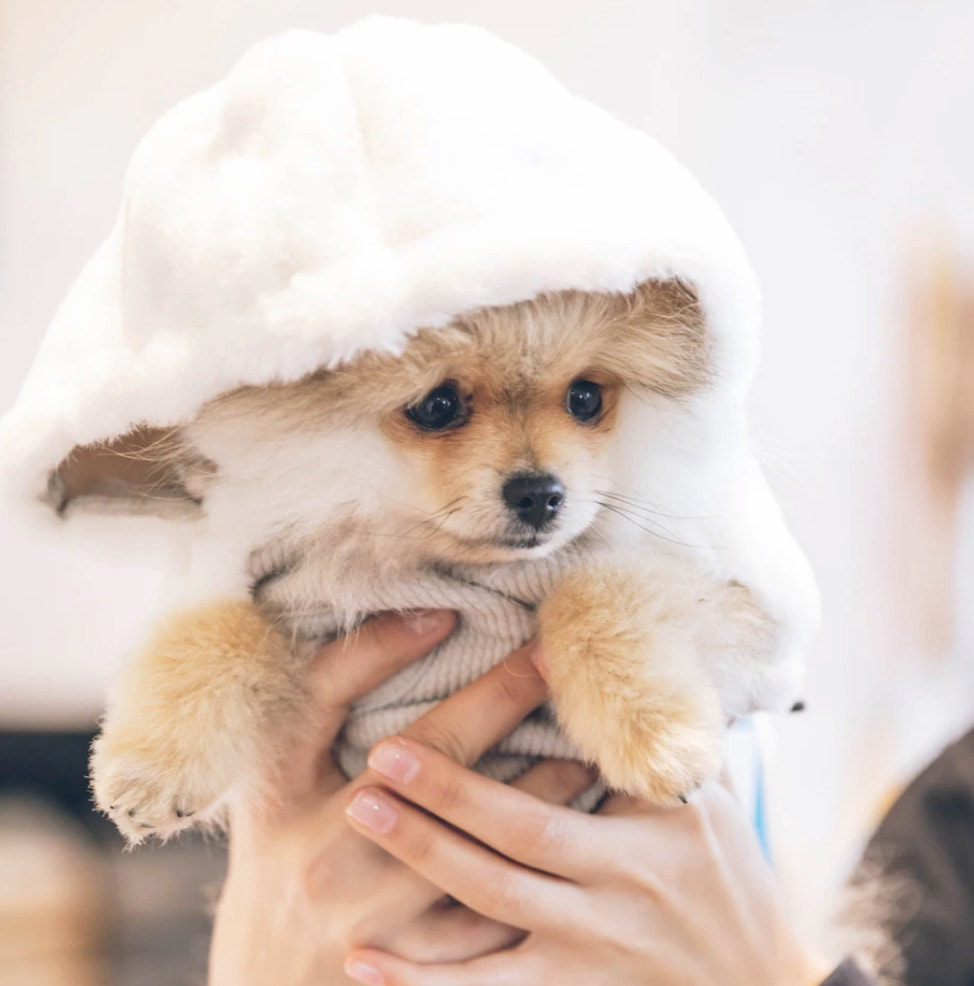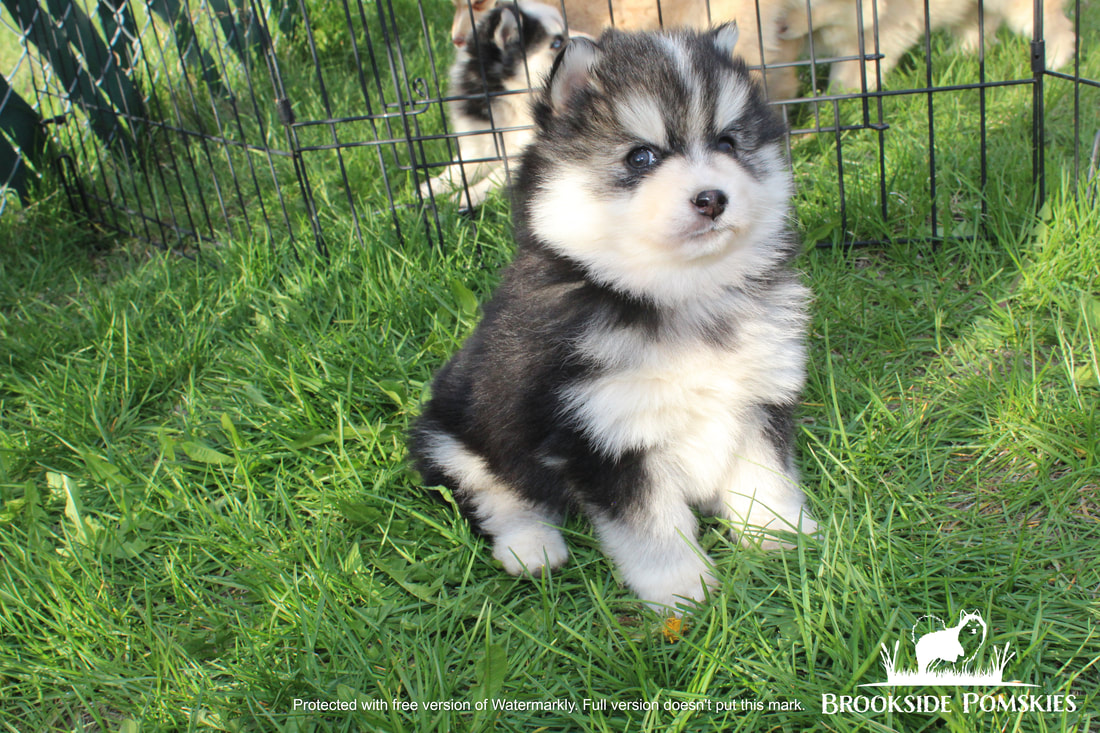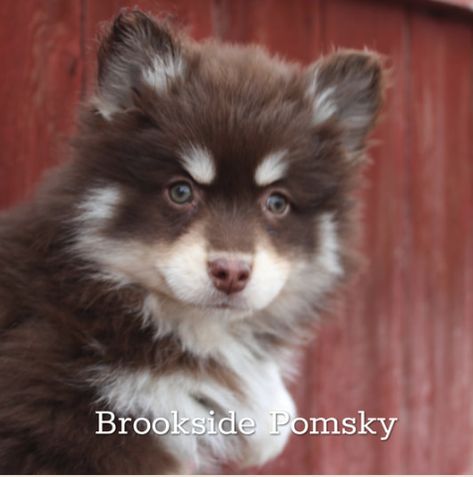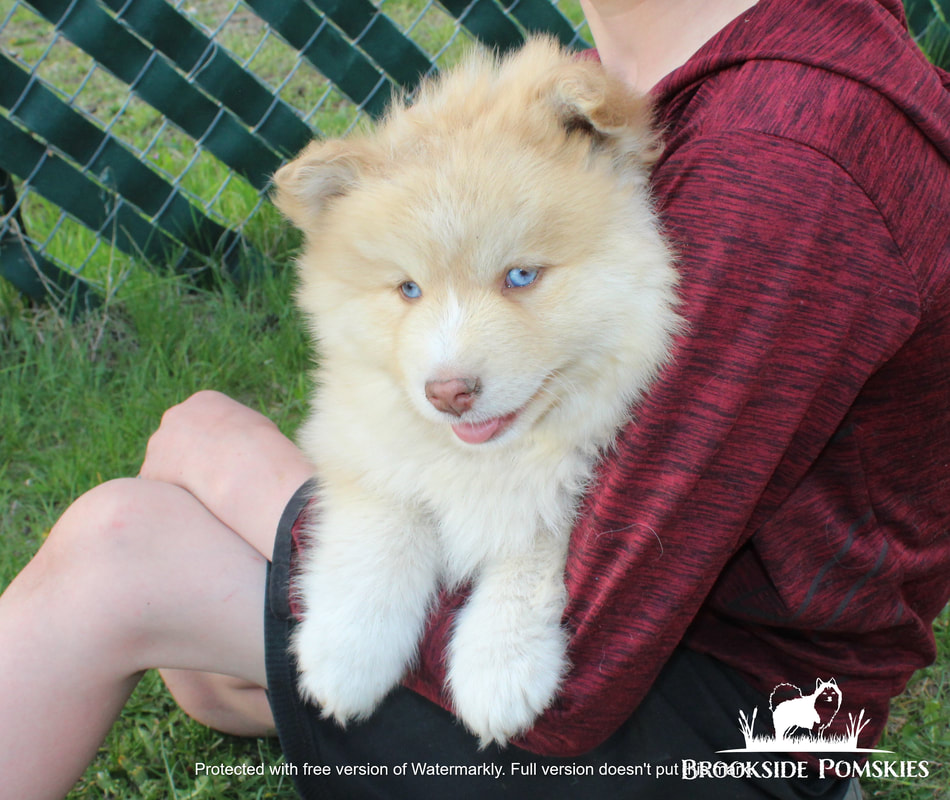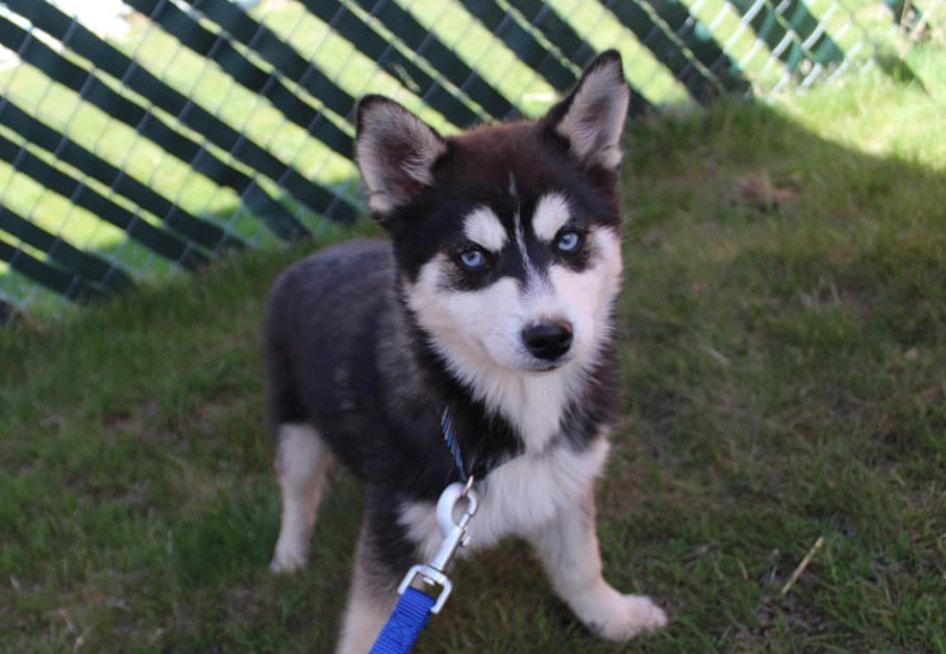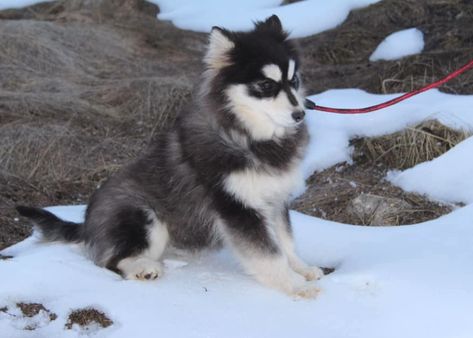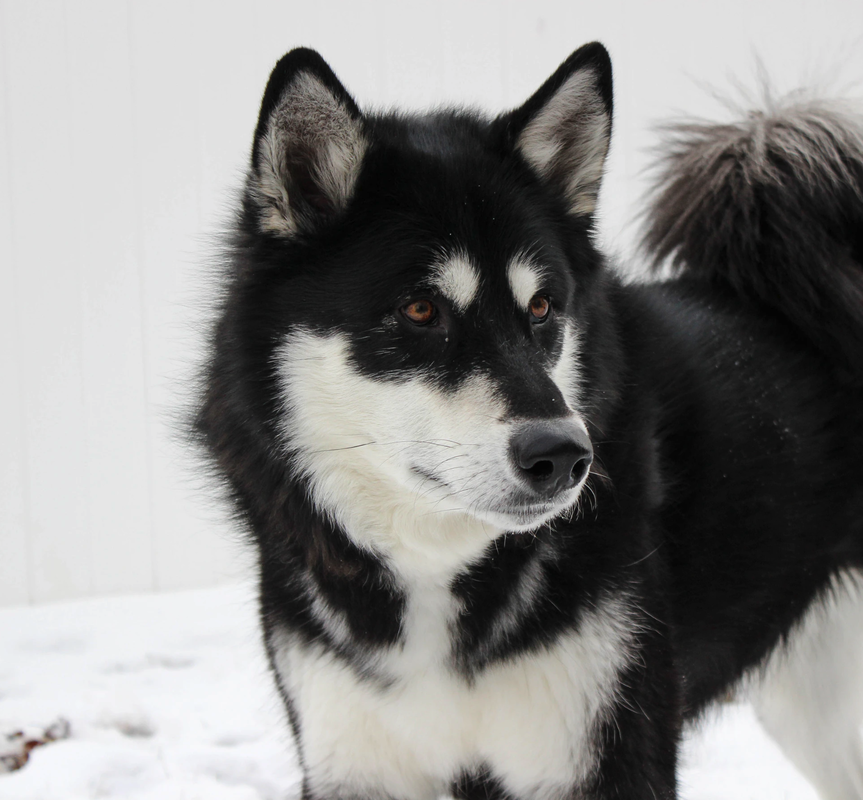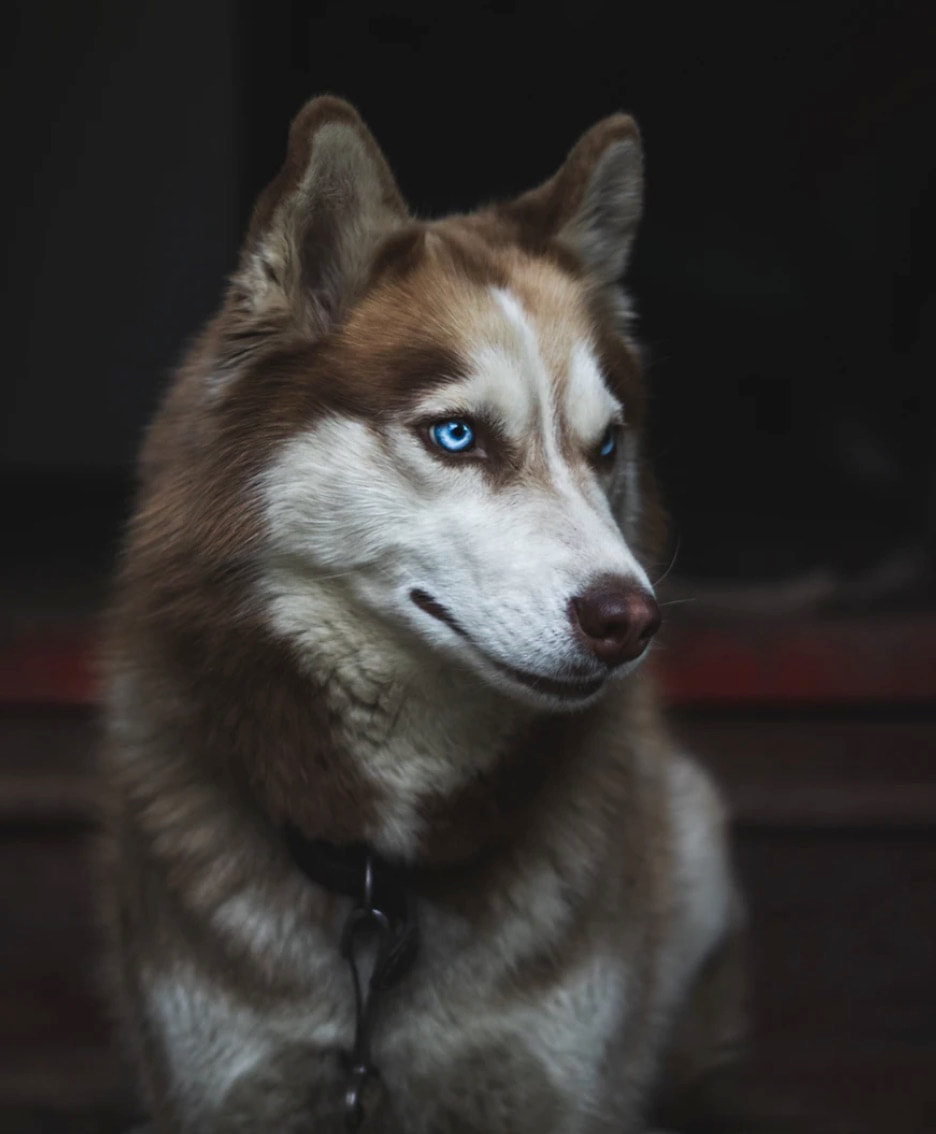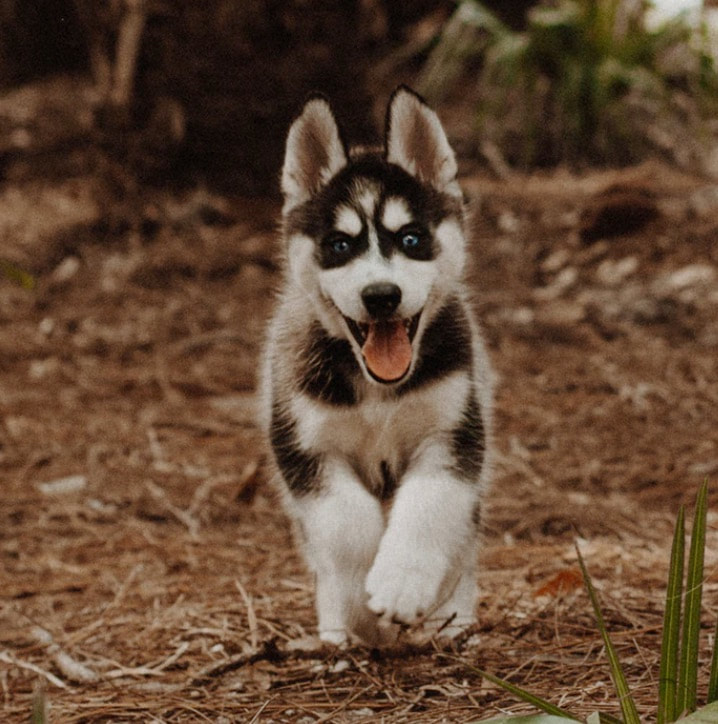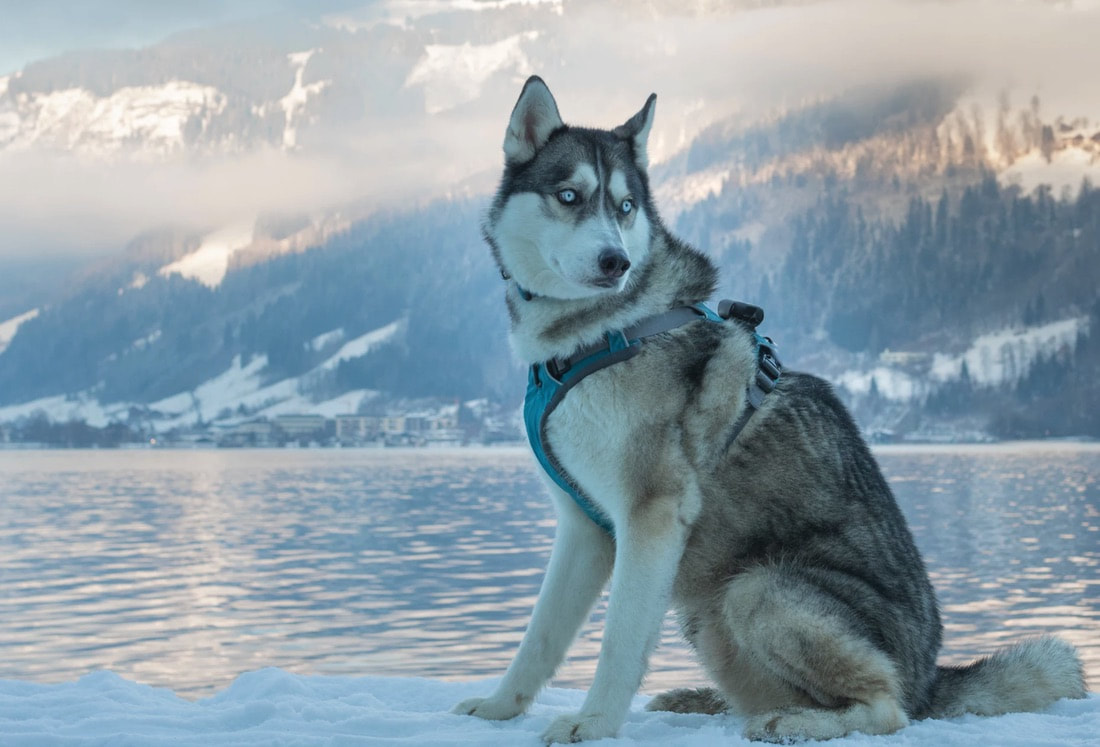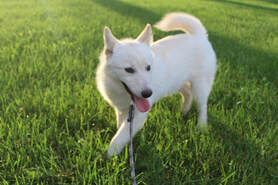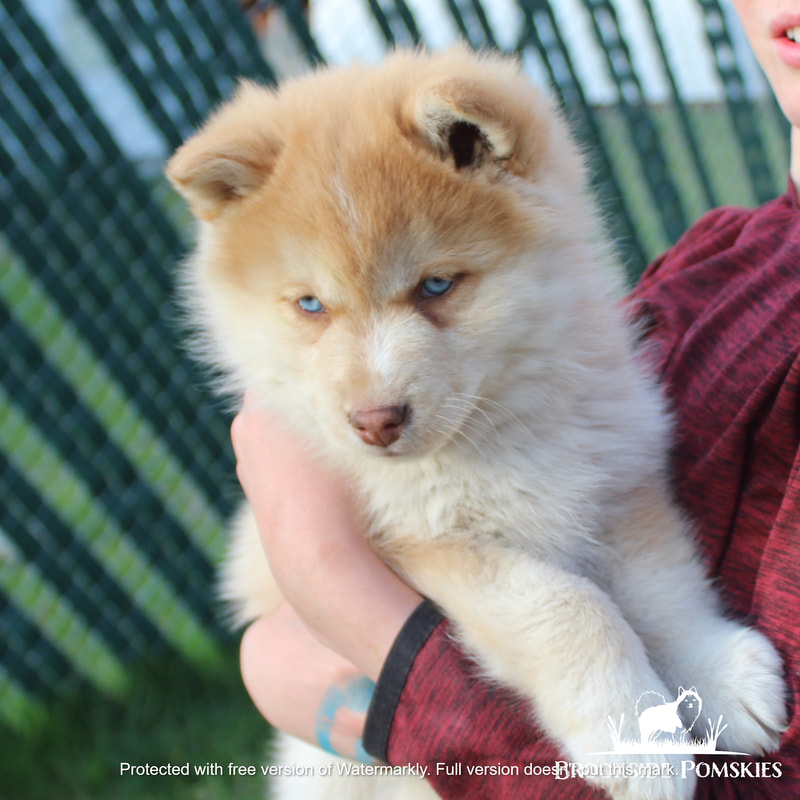How does Pomsky compare to the Pomeranian and Husky breeds?Pomeranian Pomeranian dogs are purebred, while, Pomskies are a mixed breed between a Pomeranian and Siberian Husky. To be a purebred Pomeranian, it's ancestry would have to be completely Pomeranian and have no other type of dog blood inside of them. The Pomeranian breed has been around for more than 2,000 years. They are said to have descended from the German Spitz. Resources suppose that they got their name from a place called Pomerania which is placed in northern Poland and Germany. Temperament and Characteristics: Pomeranians are very active, friendly, talkative, super lively, very playful, sensitive, and smart. They also like to bark a lot so keeping them on a schedule will help with the noise. Because of their intelligence, they are very easy to train. Pomeranians dog breeds have a lot of social needs and never like to be left out of activities. One of the great things about this breed is they also have a low tolerance to nipping, chewing, and biting. Coat Colors: White, Black, Gray, Brown, Red, Blue, Tan, or Orange. Life Expectancy: Pomeranians are known to live anywhere from 12 to 16 years. Sleeping needs: Pomeranians sleep anywhere from 12-14 hours daily. Average Litter Amount: The Pomeranian breed has an average of 2-5 puppies per litter. (They can usually have a litter at least once per year. ) Here's a few pictures of some Pomeranian dogs. Enjoy :) Pomskies The Pomsky breed is believed to be founded in 2009 and is principally bred by artificial insemination to avoid any complications. In 2017 it was known as the most popular designer dog. Temperament and Characteristics: very intelligent, easy to train, sensitive, loyal, protective, playful, very social, average tendency for nipping and chewing, and doesn't like to be left alone. Coat Colors: Grey & White, Brown or Reddish Brown, Blue, Black and White, or Pure White Life Expectancy: Pomskies are known to live anywhere from 12-15 years of age. Sleeping needs: Pomskies sleep on average between 12-14 hours daily. Average Litter Amount: A Pomsky has around 2-6 puppies per litter, and can conceive once a year. Here are a few pictures of some Pomskies, enjoy :) Siberian Huskies The Siberian breed is known to have been bred in Northeastern Asia. These amazing dogs were used as family dogs for protection and companionship. They were also used as sled dogs for the Chukchi people. Fun fact: The Siberian Husky became very popular after a team of Siberian Huskies went on a serum run after a horrible disease spread throughout Alaska. These dogs were able to sled a lifesaving serum from 658 miles in only five and a half days, which saved the lives of many people in Alaska. Temperament and Characteristics: The Siberian Husky is easy to train, very playful, sensitive, super loyal, loving, affectionate, very social, loves to bark, defensive, super adaptive to new lifestyles, and they do not like to be left alone. Coat Colors: White, Agouti, Sable, Red, Gray, or Black ( They are usually a mix of two of these colors) Life Expectancy: Huskies are known to live anywhere from 12-14 years of age. Sleeping needs: Huskies do not need very much sleep during the day. Average Litter Amount: A Husky has around 4-8 puppies per litter, and can conceive once a year. Here are a few pictures of some Huskies, enjoy :) Differences in Coat (Pomsky vs. Husky vs. Pomeranian)Pomeranians A Pomeranian dog has a double coat that consists of an undercoat and a topcoat. They come in a broad assortment of colors. Some Pomeranian's will have a particular color of coat but shed it off after their puppy years and then have a new color of fur. Their coats are usually long and thick. Pomskies Pomskies can inherit their fur type from either the Pomeranian or Siberian Husky. Their furs length, type, and color will depend on what gene becomes more prominent. Huskies The Siberian Husky has a double coat, an under coat and an overcoat. This helps it when the weather starts getting too cold or too hot. The Siberian Husky should be groomed at least once per day. This breed also sheds a lot and is even above average for dogs. Size Difference (Pomsky vs. Husky vs. Pomeranian)Pomeranian Pomeranian dogs are usually very small in size. They can reach 7 to 12 inches tall and weigh anywhere from 3 to 7 pounds. Pomskies Pomskies are average in size mainly, but the exact height is unknown. Both parents have different size comparisons, so it just depends on the gene they carry most. These dogs are known to grow up to 15 inches tall and can reach up to 40 lbs. The smallest Pomsky we've ever bred was 12 lbs and the biggest was 40 lbs. Huskies Huskies are very large in stature and can grow anywhere from 20-24 inches. They can also weigh anywhere from 35-65 lbs. SummaryPomskies and Pomeranians are very similar in nature and can even look very close in appearance. They are both very great dogs to have around the house and often make great friends. On the other hand Pomskies and Huskies are usually the most similar as far as appearance rather than size. Both the Husky and Pomeranian breeds are very stunning and make an amazing Pomsky breed. How does Pomsky compare to Siberian Husky?Siberian Huskies come in a variety of colors, so many that it would be hard to name them all. They even have some patterns and strikes that most other breeds don’t. Their colors range anywhere in between black and white, including copper, red, and sable. Because most Siberian Huskies were raised in the cold weather which is why their coats are very thick. Their fur is very straight and smooth, and just like Pomeranians, they have a double coat. Because the pomskies have double coats its recommended not to shave their coat or cut their undercoat. When you take your Pomsky to the groomer you should ask the groomer to only do a sanitary trim. An experienced groomer should know what this is. If this fur is shaved it can ruin their coat permanently. A pomskies double coat protects them from the sun as it does the cold weather. Pomskies have a few different types of coats, smooth coat, plush coat, and a wooly coat.
5 Comments
|

